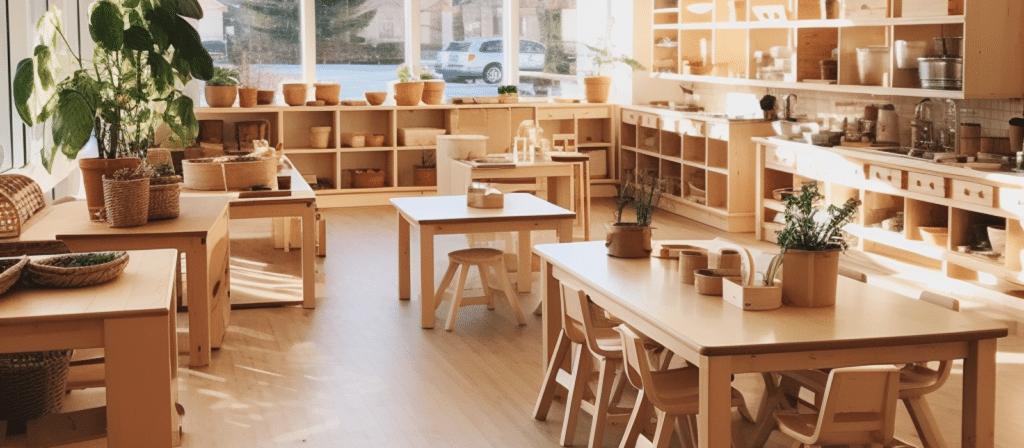Have you ever wondered what a preschool setting looks like and how it’s structured to create an effective learning environment for young children? Join us on this exploration as we unravel the mysteries of preschool environments and their organization.
A preschool setting is a carefully designed space that serves as the foundation for early childhood education. It’s organized to maximize children’s learning experiences, foster social and emotional development, and stimulate cognitive growth. In essence, it’s a place where young learners embark on their educational journey in an environment tailored to their needs.
What is a Preschool Setting?
A preschool setting refers to the physical space where young children, typically between the ages of three and five, engage in early childhood education. It is a place where children are introduced to foundational skills and concepts through play-based activities, social interactions, and guided learning experiences. A well-designed preschool setting is crucial for facilitating the development of cognitive, social, emotional, and physical skills in young children.
How Are Preschool Settings Organized?
Preschool settings are organized in a way that promotes a child’s overall development. Here are some key elements that contribute to the effective organization of a preschool setting:
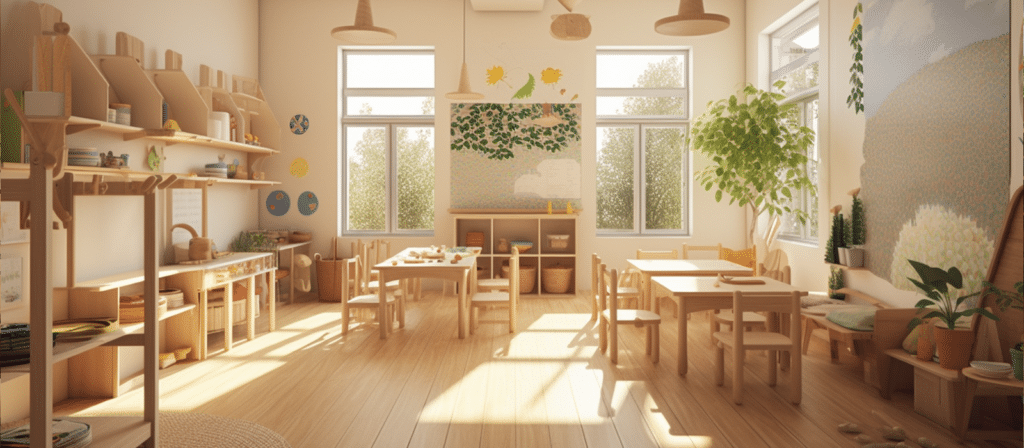
1. Classroom Layout and Design
The layout and design of a preschool classroom play a significant role in creating an environment that is conducive to learning and exploration. The use of bright colors, age-appropriate furniture, and designated areas for different activities, such as reading corners, art stations, and sensory play areas, help stimulate children’s curiosity and engagement.
2. Learning Centers
Preschool classrooms are typically divided into various learning centers, each dedicated to a specific area of development. These centers may include a block area for building and construction, a science area for hands-on experiments, a dramatic play area for pretend play, and a writing center for early literacy skills. By providing designated spaces for different types of play and learning, children are encouraged to explore and develop their interests and abilities.
3. Daily Schedule
A well-organized preschool setting follows a consistent daily schedule that balances structured activities and free play. This helps children develop a sense of routine and predictability, which is essential for their social and emotional well-being. A typical preschool schedule may include circle time, small group activities, outdoor play, snack time, and nap/rest time. By incorporating a variety of activities throughout the day, children have opportunities to engage in different types of learning experiences.
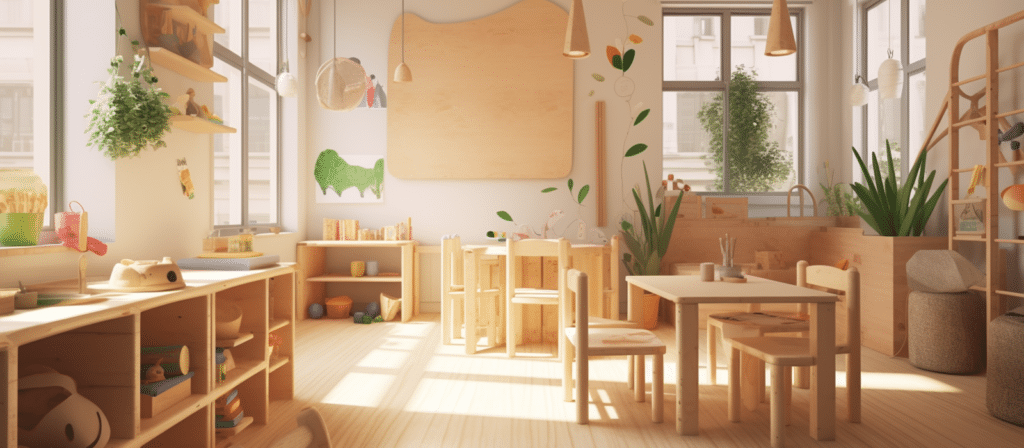
4. Classroom Materials and Resources
Preschool settings are filled with a wide range of materials and resources that support children’s learning and development. From books and art supplies to manipulatives and educational toys, these materials are carefully selected to promote exploration, creativity, problem-solving, and critical thinking. Having a variety of age-appropriate materials readily available allows children to independently choose and engage with activities that interest them.
5. Teacher-Child Interactions
The role of the teacher in a preschool setting is crucial for creating an organized and engaging learning environment. Teachers serve as facilitators, observers, and guides, supporting children’s learning through meaningful interactions. They provide scaffolding, ask open-ended questions, and encourage children to think critically and express their ideas. By fostering positive teacher-child relationships, preschool settings promote a sense of belonging and emotional well-being in young learners.
6. Parent Involvement
Preschool settings also involve parents as partners in their child’s education. Regular communication, parent-teacher conferences, and opportunities for parental involvement in classroom activities help create a strong support system for children’s learning and development. When parents are actively involved in their child’s preschool experience, it enhances the overall organization and effectiveness of the setting.
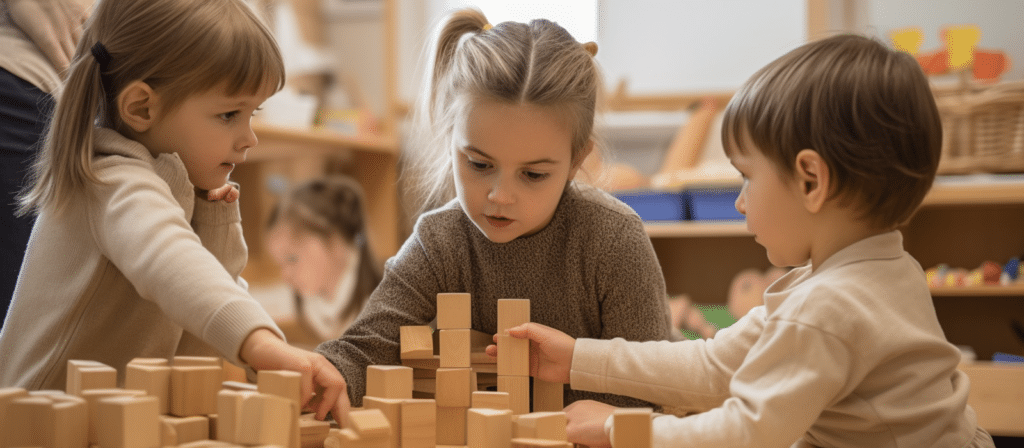
Why is Toy and Material Organization Important?
Before diving into the practical strategies, let’s first explore why toy and material organization is crucial in a preschool classroom.
Firstly, a well-organized classroom promotes a sense of order and structure, which is essential for young learners. When toys and materials are neatly arranged and easily accessible, children can navigate the classroom with ease and find what they need for their activities.
Secondly, an organized classroom saves time and reduces chaos. When toys and materials are properly labeled and stored, teachers and students can quickly locate and put away items, maximizing instructional time and minimizing disruptions.
Lastly, an organized environment fosters independence and responsibility in children. By consistently reinforcing the importance of returning toys and materials to their designated spots, children develop a sense of ownership and learn the value of taking care of their belongings.
How Do I Organize Toys and Materials?
Now that we understand the significance of toy and material organization, let’s explore some practical strategies to achieve a well-organized preschool classroom.
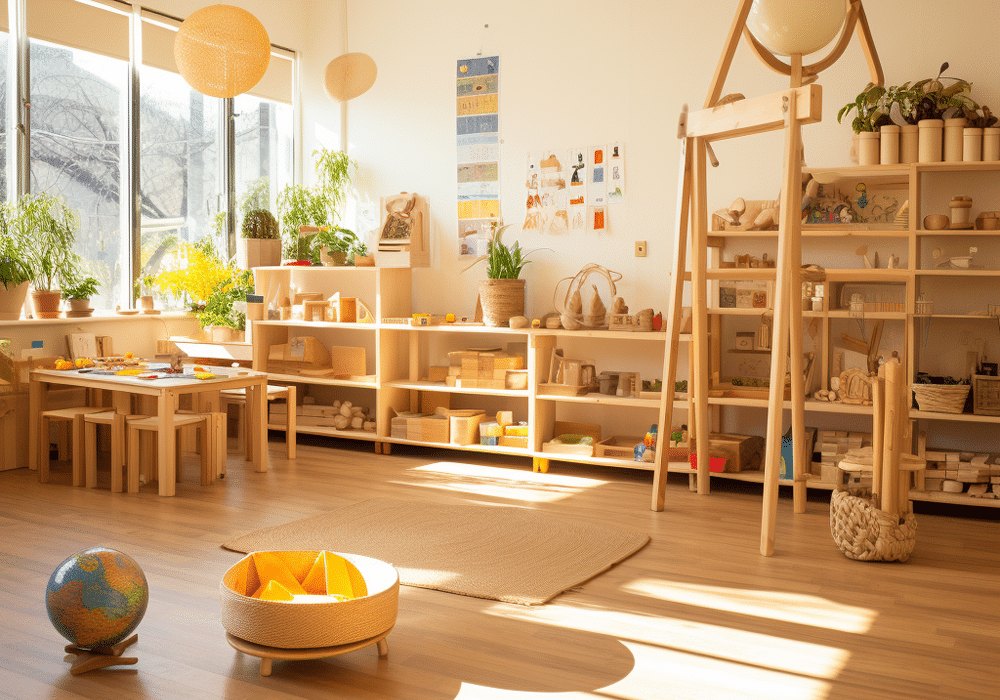
1. Categorize and Label
The first step in organizing toys and materials is to categorize them into different groups. This could be based on types of toys (e.g., blocks, puzzles, art supplies), learning areas (e.g., math, science, language), or themes (e.g., animals, transportation, nature). Once you have categorized the items, use clear and visually appealing labels to designate storage spaces for each category. This not only helps children identify where items belong but also reinforces important vocabulary and language skills.
2. Utilize Storage Containers
Invest in high-quality storage containers that are durable, stackable, and easily accessible. Plastic bins with lids or clear containers with dividers are great options for storing smaller toys and materials. Make sure to choose containers that are child-friendly, with rounded edges and no sharp corners. Additionally, consider using transparent containers or labeling the containers with pictures, especially for younger children who may not be proficient readers yet.
3. Rotate Toys and Materials
To prevent overwhelming the classroom with too many toys and materials at once, consider implementing a toy rotation system. This involves periodically swapping out toys and materials, so only a select few are available to children at a time. By rotating the toys, you can maintain children’s interest and curiosity while also reducing clutter and promoting better focus on specific activities.
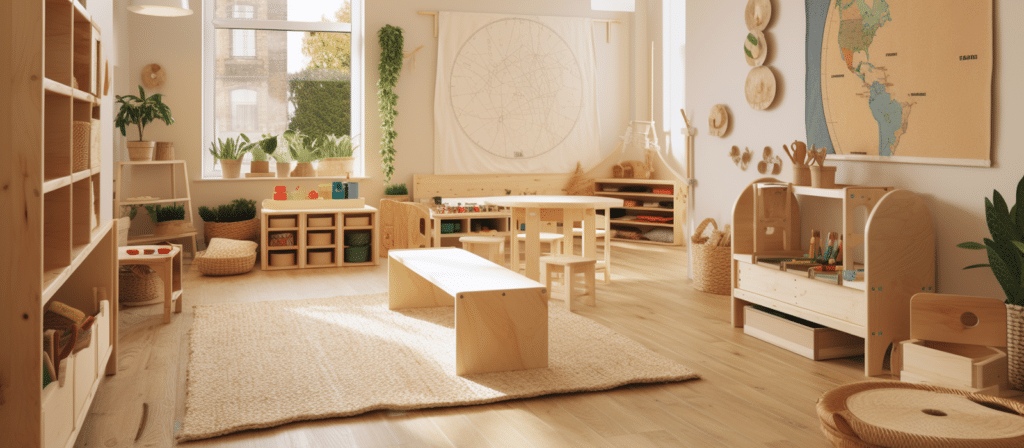
4. Create Learning Centers
Organizing toys and materials according to different learning centers can help create designated spaces for specific activities. For example, designate an area for building and construction with blocks and building sets, another area for imaginative play with dress-up clothes and props, and a separate area for art and creativity. Clearly indicating these learning centers with signs or labels can help children understand the purpose of each area and promote independent exploration and play.
5. Establish a Clean-Up Routine
Teaching children to clean up after themselves is an essential part of maintaining an organized classroom. Establish a consistent clean-up routine by setting aside specific times throughout the day for children to tidy up their play areas. Make the process fun and engaging by incorporating songs or games that encourage teamwork and cooperation. Additionally, involve children in the process of organizing and returning toys and materials to their designated spots, reinforcing the importance of maintaining an organized environment.
Conclusion
Maintaining an organized preschool classroom is key to creating a conducive learning environment for young children. By categorizing and labeling toys, utilizing storage containers, rotating toys and materials, creating learning centers, and establishing a clean-up routine, teachers can promote order, independence, and responsibility among their students. Remember, organization is not a one-time task but an ongoing process that requires consistency and reinforcement. So let’s get organized and set the stage for an enriching learning experience in our preschool classrooms!

